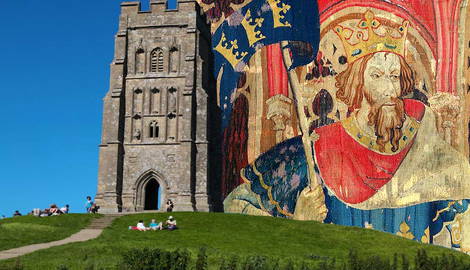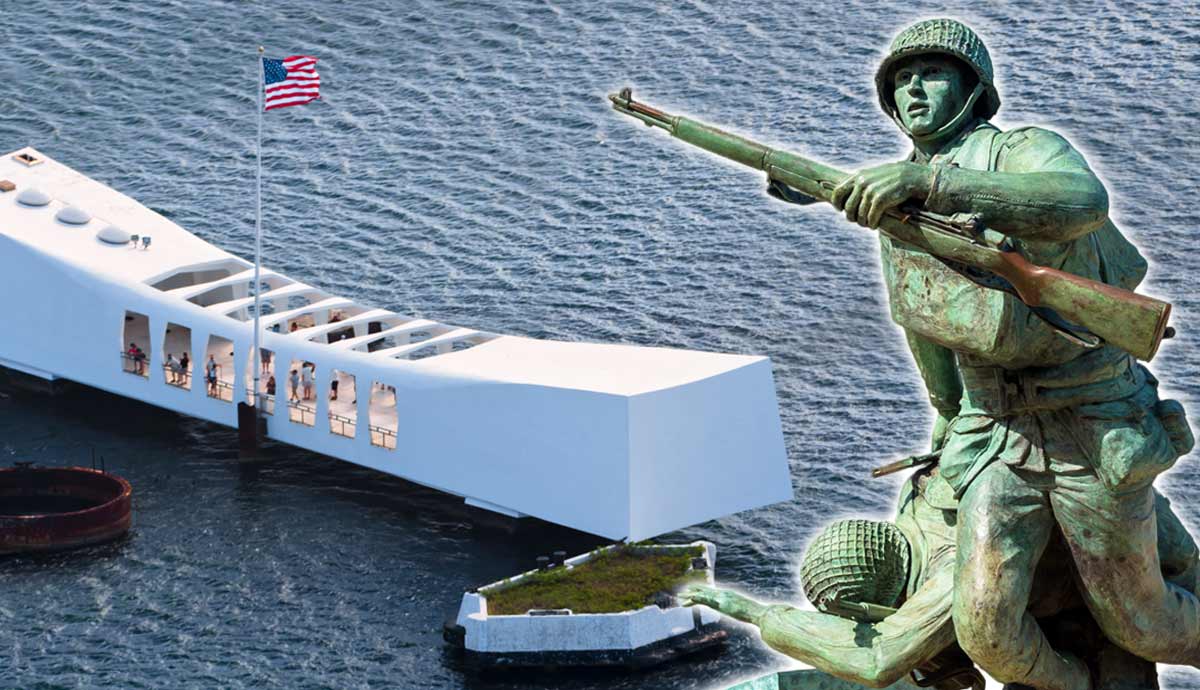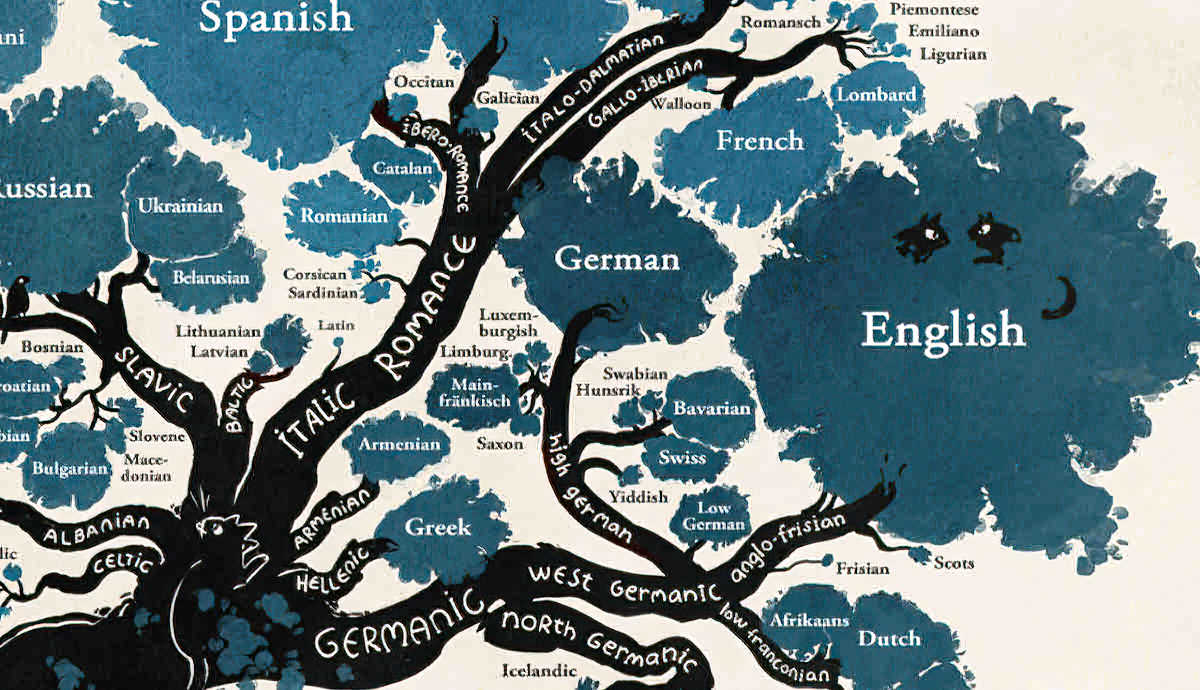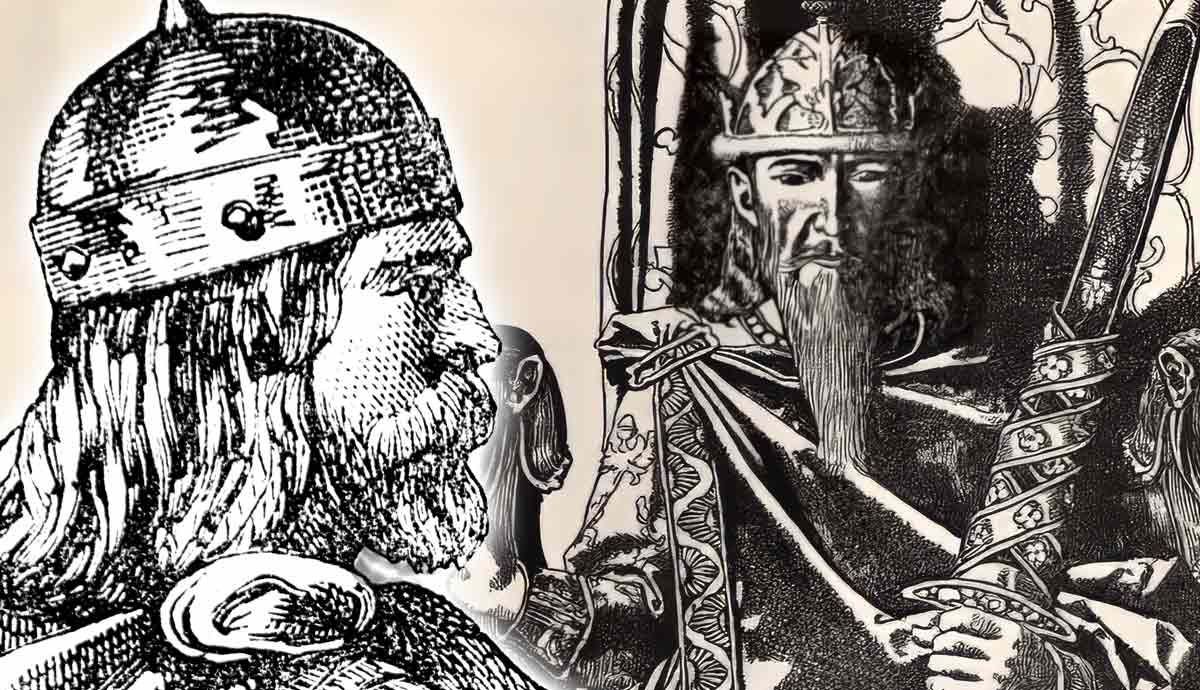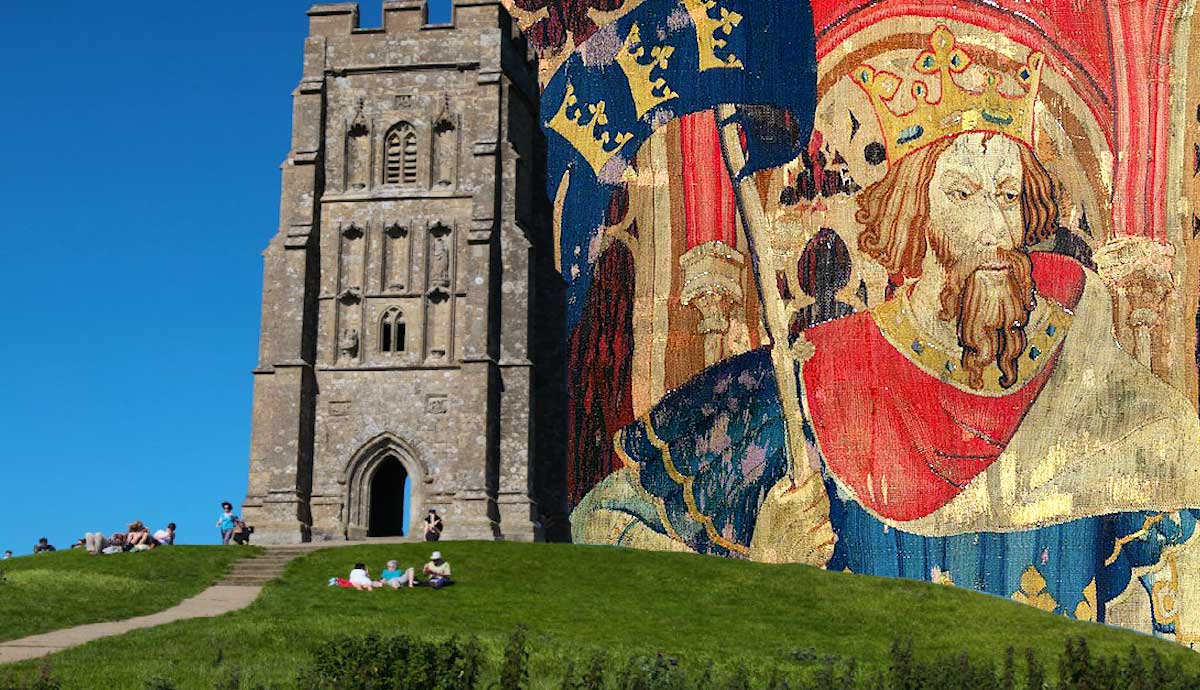
The tales of King Arthur and the Knights of the Round Table are perhaps the most famous legends from the Middle Ages. Due to their popularity, writers and historians of the Middle Ages have laid pen to paper to create many stories of bravery, chivalry, and adventure. Furthermore, many people have attempted to trace their genealogies to Arthur or his knights and named their children after Arthurian characters. Among them, Edward I is the famous Arthurian enthusiast because of his reenactments of Arthurian legends. Beyond the rituals and reenactments, there are also many real-world sites linked to Arthur and we will explore the in this article.
Site 1: Tintagel Castle from the Arthurian Legends

We will start with the birthplace of King Arthur — Tintagel Castle. Built in the county of Cornwall, the history of this site can be traced to the late Roman period (270-361 CE), and it was originally built for commercial purposes. It survived the Roman period and continued to be inhabited due to its strategic position, and it was allegedly ruled by the fabled King Mark.
The connection with Arthur was made by the Anglo-Norman cleric and historian Geoffrey of Monmouth. In his book about the history of English kings, Historia Regum Britanniae, Geoffrey of Monmouth chronicles how Arthur’s father, Uther Pendragon, falls in love with the wife of one of his allies, King Gorlois of Cornwall. His lust led to war with Gorlois, who hid Ygerna (Igraine) in Tintagel castle. To reach her, Uther, with the help of the wizard Merlin, changed his shape to look like his enemy and spent a night with Ygerna.
The building process of the actual castle, which can be visited in Cornwall, was started by Reginald, the illegitimate son of King Henry I and the brother of Robert, Earl of Gloucester, the patron of Geoffrey of Monmouth.
Site 2: Camelot

The capital of Arthur’s kingdom, Camelot, is associated with several sites, but there are no direct links with one region in particular. The first candidate is the South-Cadbury fortification in the south of England. This site was used since the Neolithic, and the first archeological signs of a fortification date back to 1040 BCE. Connections to Camelot are attributed to local folklore and to two villages nearby named Queen Camel and West Camel. The last two merged and are mentioned as “Camelle” in the Doomsday Book.
The second possible site for Camelot is Wroxeter/Viroconium. It was an old Roman fort that lasted up to the fifth century. Some experts believe that Wroxter was the capital of either Vortigern, Ambrosius, or Arthur. The connection to Camelot was theorized by Graham Phillips and Martin Keatman in their book King Arthur: The true Story.
The third and final candidate site for Camelot discussed in this article is Killibury (Kelli Wic/ Celli Wig). Several folk stories link this place to Arthur, such as The Three Tribal Thrones of the Island of Britain. These texts describe the domain of king Arthur and Killibury is mentioned as the king’s capital.
Site 3: The Round Table from Winchester

The Round Table is an iconic element of Arthurian lore and a symbol of equality among the king and his subjects. While a fictional creation, it was heavily influenced by local tales and Celtic traditions. It was first mentioned in Roman de Brut (1155), written by the Norman chronicler Wace and was later adapted by another writer, Layamon.
The Round Table, made from oak, which hangs in the Great Hall of Winchester Castle, was made in the 13th century at the command of King Edward I. There were several reasons for the building of this impressive work of art. First, the round table is believed to have been made around 1290, for a “Round Table” tournament or reenactment near Winchester, held to celebrate the betrothal of one of Edward’s daughters.
The piece measures 5.5 meters (18 feet) in diameter and weighs 1,200 kg (1.3 tons). Initially, it had legs for standing and stood on the east wall, from 1348 or 1540 until 1873, when it was moved to the west wall. The current artwork we can see on the table today dates back to the reign of Henry VIII who had the table painted with the Tudor Rose at its center. Henry is portrayed as King Arthur on his throne on the outer design, surrounded by 24 segments, each bearing the name of one of the Knights of the round table.
Site 4: St. Michael’s Mount in Cornwall

This site brings us back to Cornwall. St. Michaels Mount, located on the sands of Mount’s Bay, is linked to several legendary tales. The first connection features Joseph of Arimathea. It’s believed he brought the legendary Holy Grail to Britain, and he was said to have built the first church in Glastonbury. He also supposedly brought Jesus with him several times on his trips to Britain.
Returning to Arthurian lore, the site has a connection with the legendary hermit Ogrin, who plays a significant role in the legend of Tristan and Iseult. For example, he brought about a reconciliation between King Mark and his would-be Queen Iseult, who had been living in the wilds with Tristan. Because the Queen had only rags, Ogrin bought new clothes and a horse to her from a fair held at the Mount of St. Michael.
Curiously, a castle of the same name in Normandy in France — Mont Saint Michael is also linked to King Arthur. Arthur is believed to have fought a giant in close proximity to this site. The Giant of Mont St. Michel was a giant that devastated France until finding its end at the hands of King Arthur. The creature abducted the niece of the King of Brittany and took her to his cave in the mountains we call Mont St. Michel. Furthermore, he attacked and raided the nearby villages, spreading chaos among the locals. Overwhelmed by the giant’s ire, King Howel called King Arthur and his knights to aid him in this crisis. Arthur answered the call and came forth with Sir Bedivere, Sir Kay and two squires. The battle is described in detail in Historia regum Britanniae, Brut (Lawman), and the Alliterative Morte Arthure.
Site 5: Glastonbury Tor and Abbey

Glastonbury Tor rises on a high hill in Glastonbury, Somerset. Several significant legends are linked to this place, once called “holiest earth”. It is said that if a visitor ventures beneath the hill, he may find a hidden cave through which he can travel to the fairy realm of Annwn. There dwells the lord of the Celtic underworld Gwyn ab Nudd with the Cauldron of Rebirth.
Later traditions tell that the Holy Grail brought by Jesus’s uncle lies here, Joseph of Arimathea. Both objects became in legend treasures sought by King Arthur and his knights. In Arthurian lore, Glastonbury has a long tradition of being “The Isle of Avalon” where King Arthur went to rest after his last battle against Mordred. The monks of Glastonbury Abbey claimed to have actually found his grave in 1191.
Starting with 1191 the site became famous. The discovery was recorded by the monk Giraldus Cambrensis in his book, Liber de Principis Instructione. Here, he writes that during a fire in 1184, during the reign of King Henry II, great parts of the buildings were destroyed. After, during its reconstruction, the workers made an incredible discovery. According to Giraldus, the tomb was covered with earth and laid between two pyramids. Inside, the workers found Arthur’s sarcophagus, made from a tree trunk. On it, they found a large cross with the king and queen’s names.
Site 6: Dinas Emrys, Gwynedd, Wales: A Special site from the Arthurian Legends

Situated near Beddgelert in Gwynedd, north-west Wales, Dinas Emrys plays an important role in Arthurian and Welsh lore. This is the birthplace of Merlin, King Arthur’s closest ally and a famous wizard whose name is known today worldwide. Besides Merlin, this place is important as the lair of two legendary dragons, the white and red dragons. At the hour of Merlin’s birth, these two creatures fought each other. The red dragon won and later became the national symbol of Wales.
